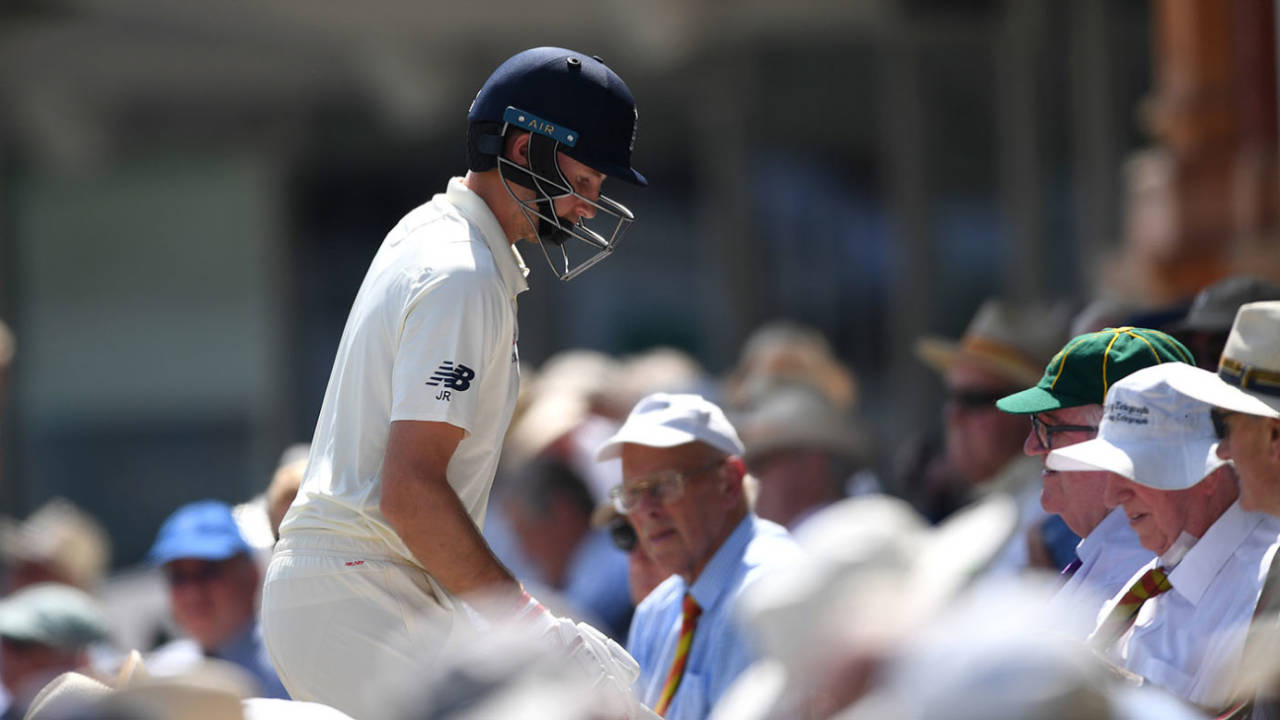Has Joe Root fallen out of the Fab Four?
Over the last couple of years or so, England's captain has not quite kept pace with Smith, Kohli and Williamson
There is a ten-point difference between Root's average when he is captain and when he isn't • Getty Images
Alan Gardner is a deputy editor at ESPNcricinfo. @alanroderick
